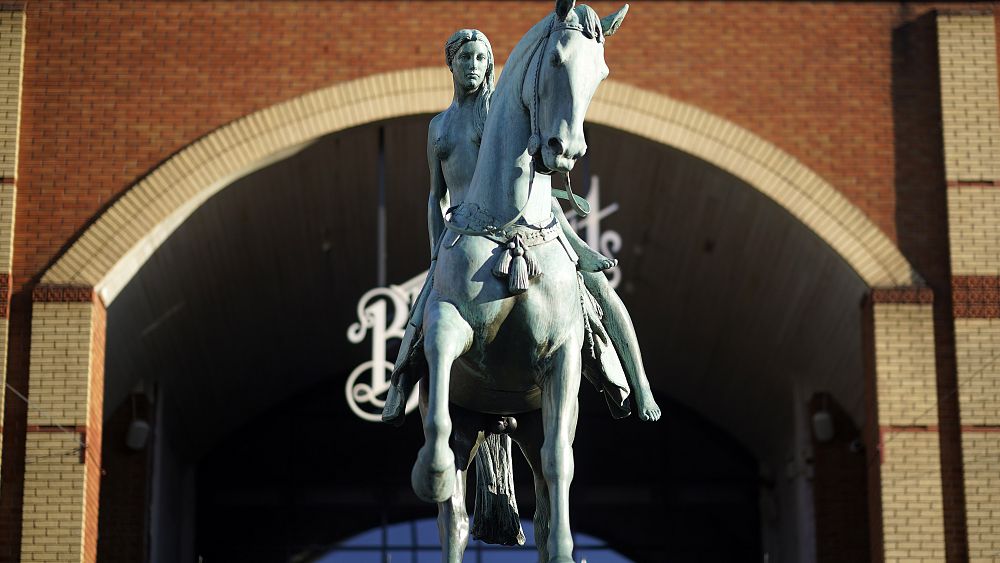Sports
Culture Re-View: Lady Godiva rides naked through Coventry – allegedly

On this day in 1040, the historical figure is said to have ridden on horseback through the streets of Coventry in order to gain a remission on harsh taxes imposed by her husband, Leofric, the Earl of Mercia.
Lady Godiva, the legendary figure from Anglo-Saxon England, is renowned for her famous ride through the streets of Coventry while she was supposedly naked.
While the story has become embedded in popular culture, its historical accuracy is widely debated among scholars.
Also known as Godgifu in Old English, Godiva was the wife of Leofric, the powerful Earl of Mercia. Together, they founded a monastery in Coventry and made significant endowments to support its operations.
The earliest surviving source which recounts the story of Lady Godiva’s ride is the Chronica by a monk called Roger of Wendover, dating to the 13th century.
According to Wendover’s account, Lady Godiva repeatedly implored her husband to reduce the heavy taxes burdening the people of Coventry.
As part of her efforts, she apparently rode on a horse naked through the streets of the now-city, with her long hair serving as her only covering.
As the legend goes, Leofric was moved by her bold act and freed the town from all tolls, except those on horses.
Later versions of the story add the detail of Lady Godiva issuing a proclamation for the townspeople to stay indoors and close their windows during her ride.
The event is also the basis for the common phrase for voyeurs – ‘Peeping Tom’. It’s claimed that one citizen disregarded the proclamation and briefly looked out of his window. ‘Tom’ was immediately struck blind or dead as punishment, depending on the account.
While the story of Lady Godiva’s naked ride has captivated imaginations for centuries, historians have frequently questioned its veracity.
Modern scholars find little evidence to support the historical accuracy of the event. Lady Godiva’s generous donations to the church, on the other hand, receive more mention in historical records.
Some historians propose that elements of pagan fertility rituals may have influenced the Godiva legend, with parallels to the crowning of a ‘May Queen’ and the celebration of spring renewal.
Different adaptations of the story emerged over time, with the earliest versions of the story depicting Lady Godiva accompanied by knights during her ride, passing through Coventry’s market where people were assembled.
In 1569, Richard Grafton’s Chronicle of England provided a modified version. It claimed Lady Godiva’s ride aimed to remove the customs tax on horses and required the townspeople to stay indoors and shutter their windows.
The tale of Lady Godiva’s ride has endured and has become an integral part of Coventry’s history and identity, with statues and frequent commemorations of the – literally – legendary event.
Disclaimer: No copyright infringement intended. All rights and credits reserved to respective owner(s).
























